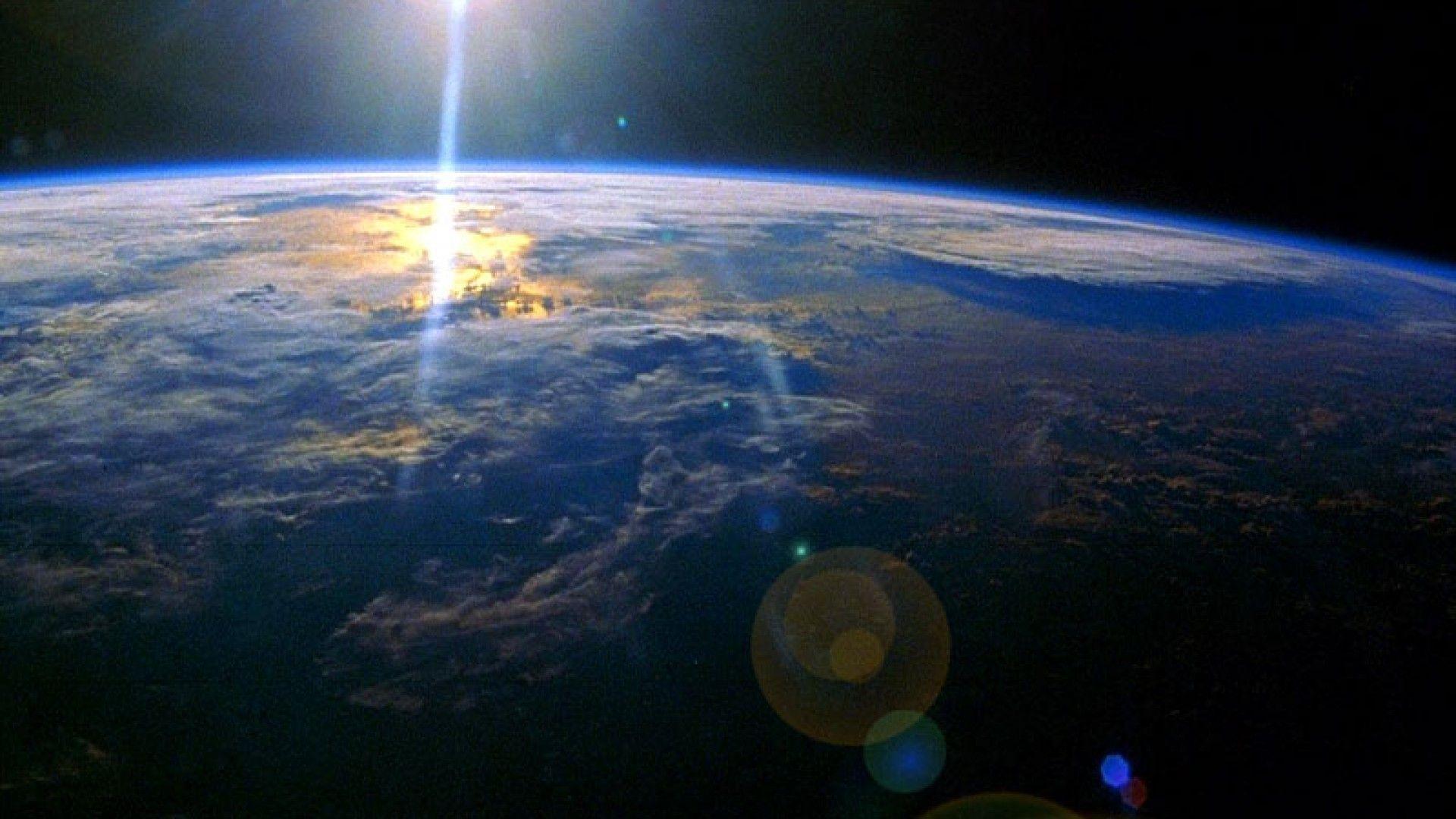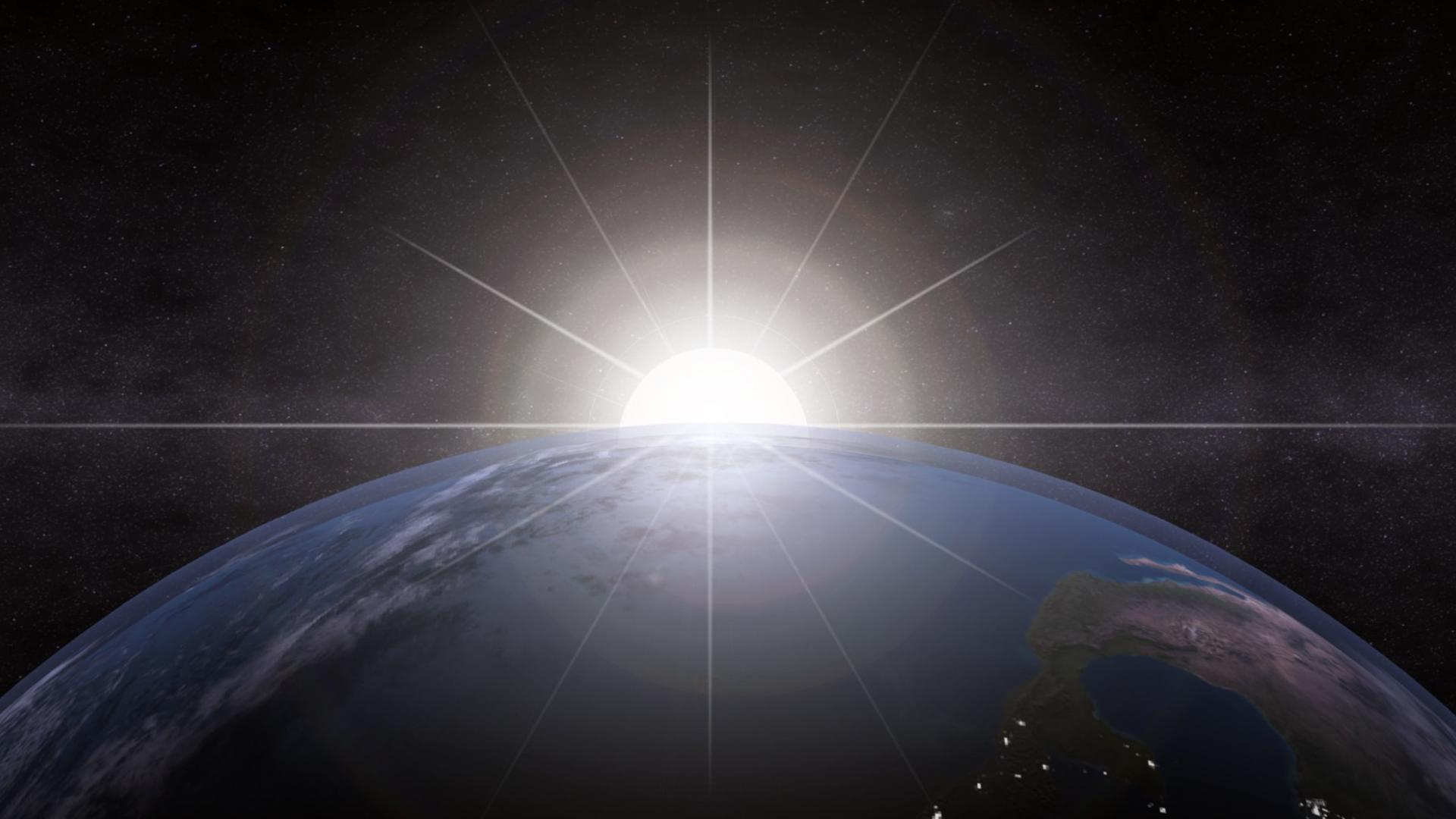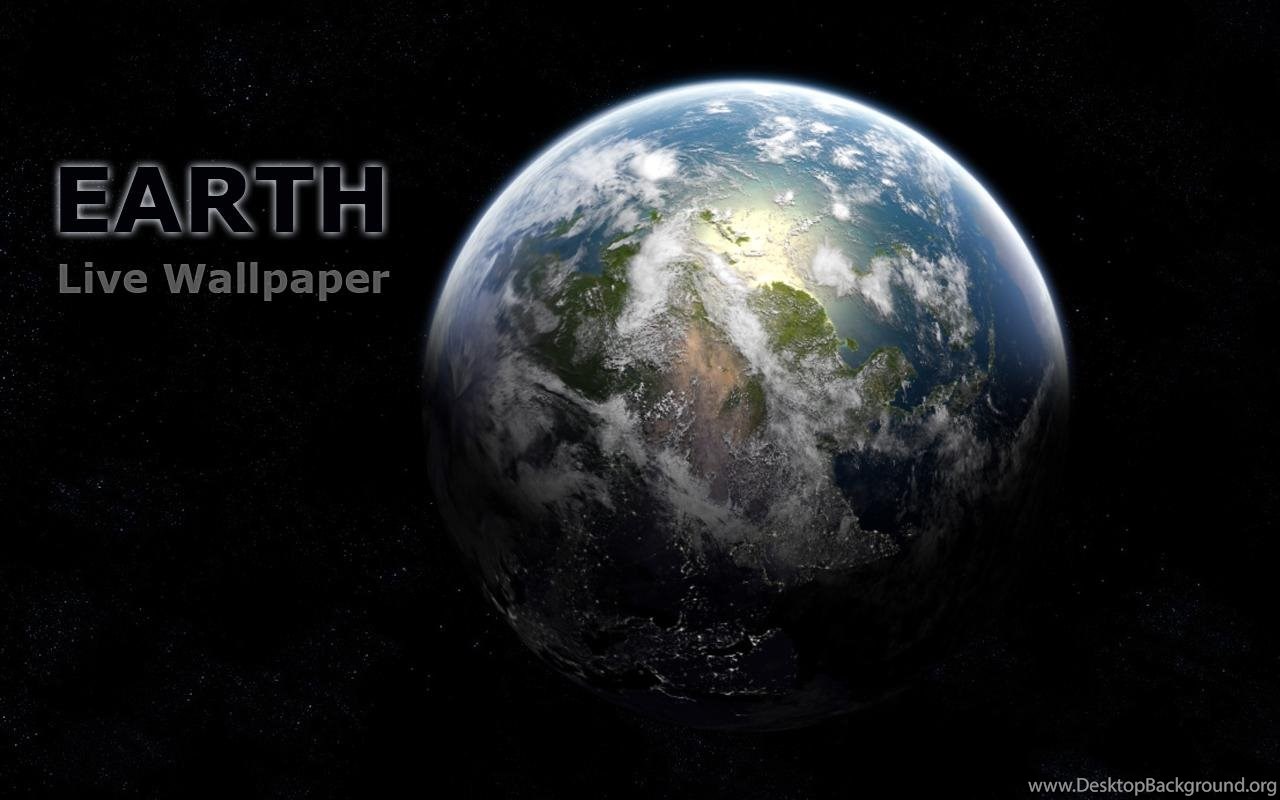

Thanks to the Google Earth Blog, a site with almost daily postings about the product, we can trace the history of the software, what ultimately led to its demise, and what the future looks like for those who feel they’ve been abandoned.

So, what happened to the first product to put the power of GIS mapping into the hands of consumers? Many long-time users feel Google abandoned the features that made it so powerful for research and learning: focusing on a more casual audience. Since then, it’s undergone several iterations with varying feature sets.Ĭurrently, there are four active versions of Google Earth: the desktop app Google Earth Pro, open-source Google Earth Enterprise, browser-based Google Earth 9, and Google Earth VR.įrom the perspective of its loyal user-base, Google Earth's history has been tumultuous, and ultimately disappointing. Prior to acquisition, Keyhole had received significant funding from the CIA’s venture capital branch, In-Q-Tel. Originally known as Keyhole, the product was renamed Google Earth after the start-up was purchased by Google. With its multipurpose design and expansive toolset, the software targets a diverse user-base spanning education, government, real estate, media, insurance, and construction, as well as a loyal set of private consumers. It enables individuals to create, store, view, and interact with data as it relates to location. This is sometimes done in emergency situations - such as when an area has been hit by a natural disaster and new images would be of valuable assistance to the recovery and relief efforts.Google Earth is arguably the most well-known and widely used geographic information system (GIS) software available. However, Google and its image providers do have the ability to rapidly integrate new images into the program. The images are acquired by satellites, processed by commercial image providers or government agencies, and then updated to the Google Earth image database in batches. Large cities generally have more recent and higher resolution images than sparsely inhabited areas.Ī misconception exists among some people that the images displayed in the Google Earth program are live-updated directly from satellites.

Most of the images in Google Earth were acquired within the past three years, and Google is continuously updating the image set for different parts of the Earth. Hope you enjoy! Recent Images, Updated Regularly We are simply enthusiastic users of the Google Earth product. We frequently use Google Earth for research, learning, and fun! We receive no compensation from Google for recommending their service.

The button above takes you to the Google website where you can download Google Earth software for free.


 0 kommentar(er)
0 kommentar(er)
